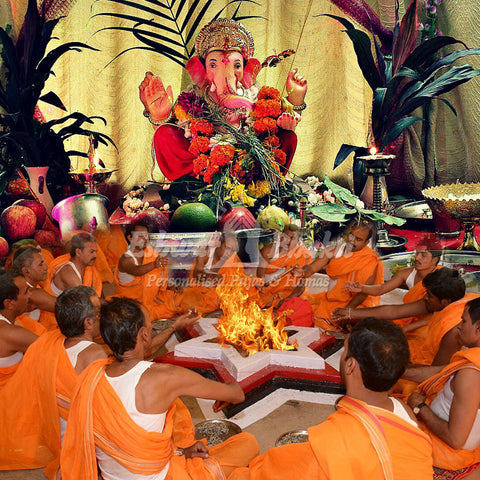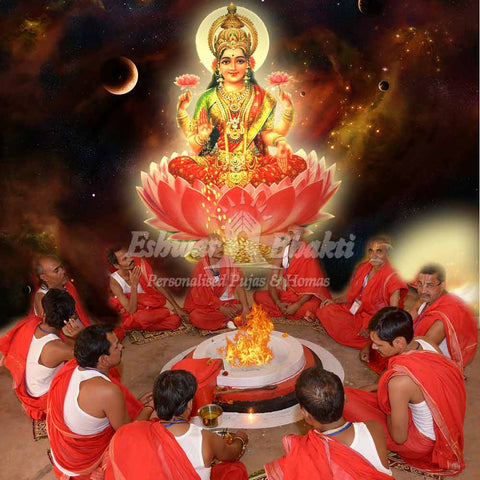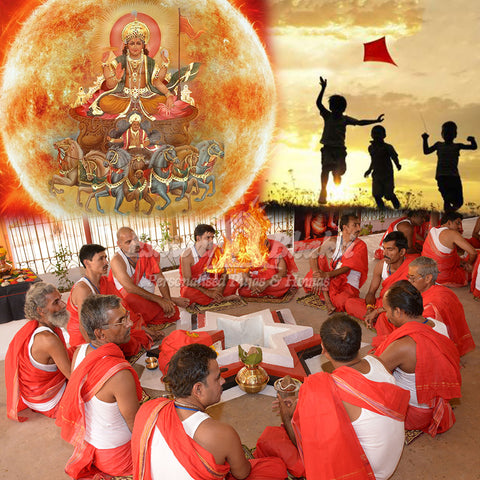Lohri
Lohri is a popular North Indian winter folk festival celebrated primarily in the Punjab Region. This much-awaited festival marks the end of the winter solstice and the beginning of the happy sunny days. This festival is observed the night before Makar Sankranti which occurs on the same date every year. Lohri marks the arrival of longer days after the winter solstice and harvesting of the Rabi crops. Primarily Sikhs and Hindus of this region like to deck up in colorful traditional attires, sing and dance around the bonfire. They welcome the longer days of warmer temperatures by offering different food items to the Fire God and offer prayers to destroy all negativity from their life and to bless them with new energy at the beginning of the year.

Traditionally, the word Lohri comes from ‘Tilohri’ i.e. ‘til’ meaning sesame and ‘rorhi’ meaning Jaggery (gur). Later on, people started calling it Lohri. Scientifically, all these food ingredients help to cleanse the digestive system and help to bring new energy for the New Year as well as to harvest new crops. That is the reason behind foods like jaggery, gajak, til ki chikki are offered to the fire as an ancient way of paying gratitude to nature.
How Lohri is celebrated?: In the present time, the concept of Lohri has changed a lot. People simply love to dance around the bonfire to the tunes of hit chartbuster, fancy foods, etc. But traditionally Lohri was celebrated by lighting a huge bonfire in a common place after cutting down the rabi crops.
On this day people bring foods like til (black sesame seeds), gajak, gur (jaggery), peanuts, and popcorn as prasad and place beneath the fire. The bonfire is lit after sunset and people gather near the bonfire while wearing their brightest clothes and make a circle around it and offer sesame seeds, jaggery, and rewaries in it. Then, they sit around the fire and sing Punjabi songs, special Lohri songs, and dance till midnight.
At the end of the celebration, they pray to the Fire god and Sun God to bless their land with abundance and prosperity. Then, prasad is distributed and gifts are exchanged with their friends and family members.
Foods for Lohri: The discussion of the grand festival Lohri is incomplete without the mouth-watering winter foods that are cooked and celebrated on this day. The traditional Punjabi food items include Sarson da saag and Makki di roti with radish, groundnuts, jaggery, til ki barfi, gur ki roti, makhane ki kheer, panjiri, pinni, till laddoo, and many more.
Special dance of the day: Singing and dancing are an intrinsic part of the celebration. Lohri in the Himalayan region is special because various traditional activities are associated with it like Chajja making, group dance, and dancing using various props. All members of a family gather around the bonfire to perform bhangra and gidda to the beat of the dhol. Hiran dance is a traditional dance form, which is performed on this night. A group of people prepares a replica of a peacock known as Chajja and they carry this Chajja and visit all houses of that locality while performing the Hiran dance.
Traditional practices on Lohri: Lohri celebration differs depending on the location. Some villagers prepare a small idol of the folk Lohri goddess with gobar (cattle dung) and decorate it with different colors. Then they keep the idol beneath the fire and offer prayers.
On this day, children visit various houses while singing folk songs. These children are given sweets, groundnuts, laddoos, til, gachchak, popcorn, crystal sugar, and some money. It is believed to be inauspicious to turn them back empty-handed. These items collected together are known as Lohri. During the night, Lohri is distributed among all the participants as prasada.
Significance of Lohri: The much-awaited festival of Lohri holds great significance as it marks the harvest of the Rabi crops and the end of the winter season. People worship the Sun God and the Fire God to thank them for the good harvest. This day is celebrated by all communities of northern India with different names.
• In Punjab, this festival holds special value for the new brides and newborn babies, as it marks fertility. The festival also holds great importance for farmers, as they believe that their prayers and concerns will receive an immediate answer and their land will smile with an abundance of crops.
• On this holy day, according to the folklores of Punjab, the flames of the bonfire will carry the messages and prayers to the Sun god to bring warmth to the planet to help crops grow.
• It is also believed that singing and dancing and walking around the bonfire on Lohri, helps in bringing prosperity, strength, and a new beginning.
Legend of Lohri festival: There are many folklores associated with this historic festival of Punjab, and Dullah Bhatti is one of the most significant of them which evolved around the Festival of Lohri. It is a tale of a man who used to steal from the rich and rescue girls from cruel abductors. He used to rescue the girls and provide food and shelter to them as if they were his own daughters. Finally, he used to arrange a suitable man for their weddings. On this day of Lohri, songs of heroism and valour are sung and recited everywhere in Punjab to protect and honour their sisters and daughters.
Most popular song on the eve of Lohri:
Sundri Mundri Hei! Hoi!
Tera Kaun Bechara! Hoi!
Dullah Bhatti wala! Hoi!
Dullah Di Dhi viyahi ! Hoi!
Sher ShaKar pai! Hoi!
Kuri de Mamme aaye! Hoi!
UnaNe ChuRi Kuti! Hoi!
Jimidari Lutti! Hoi!
Ik kola GhuT Gaya!
Jimidar Apni......
Summary: Lohri is one of the most popular festivals celebrated among Punjabis in India and abroad. Lohri marks the end of the winter season and beginning of the New Year for Punjabi farmers. On this day, people of this region pray and show gratitude for their crops before the harvesting begins and pray to Lord Agni and Lord Sun to bless them with new energy and enthusiasm for a new beginning.
Bonfire is an unavoidable part of the Lohri celebration. Families gather around bonfire, sing, dance and offer foods like gajak, popcorn, jaggery, puffed rice, etc. to the fire as ‘tribute’ to the fire god in exchange for blessings. They chant a traditional prayer and distribute prasad to conclude this grand ceremony at midnight.



